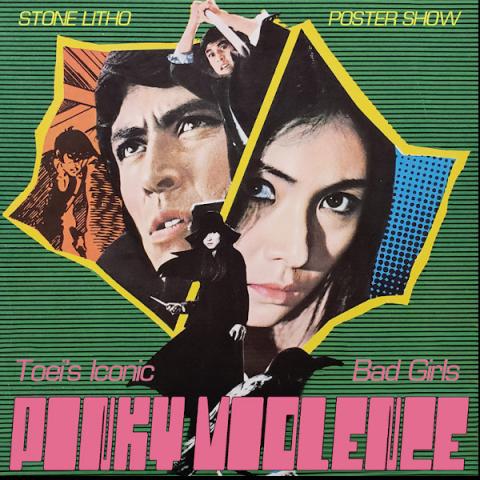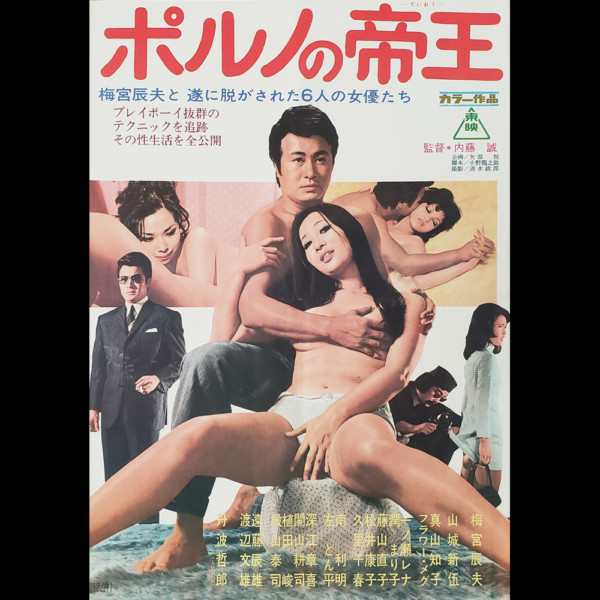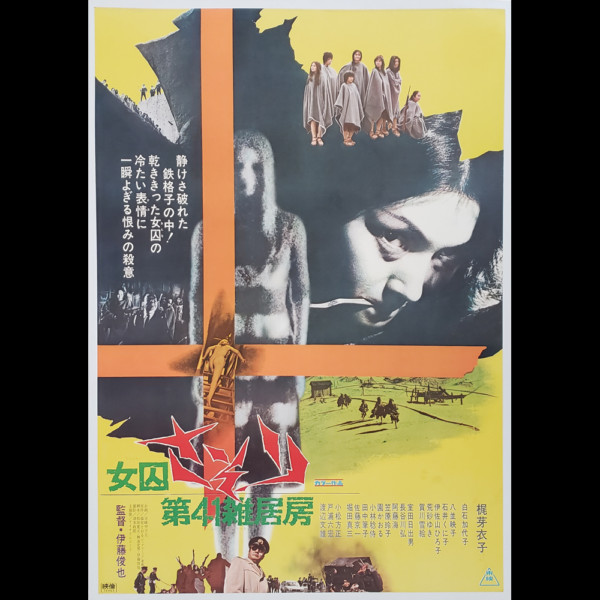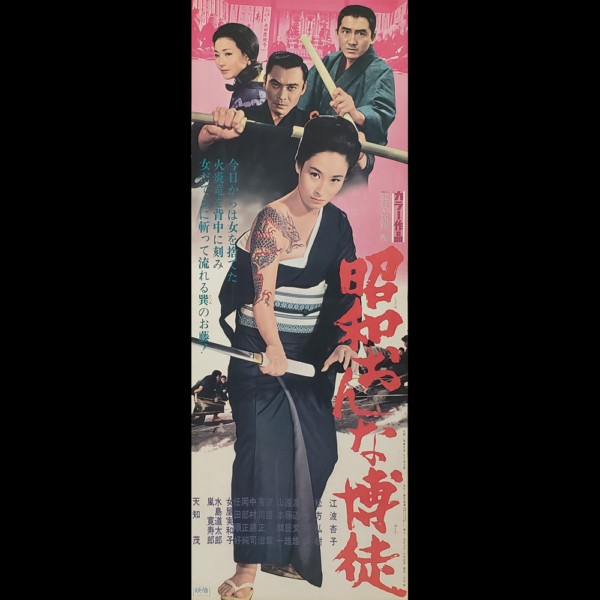Pinky Violence: Shock, Awe, and Liberation in Japanese Exploitation Films

The Toei-produced, female-driven, action/exploitation films known as “Pinky Violence” reached their crescendo in the late 1970s – and are almost single-handedly responsible for the first wave of Japanese feminism.
Looking at the key-art on these posters can be deceiving, and that was the point. A handful of Japanese writers, directors, and stars dedicated almost a decade to producing films with badass ladies as the leads, frequently with overt messages of empowerment.

By using nudity as a draw for male viewers, they were able to subvert the culture away from the chauvinism and misogyny that ruled the day and change the expectations that saddled all young women.
These tastemakers had seen the political power of pinku eiga (“pink films”), which were a category of erotic films ranging from sensual to explicit that had ushered in an era of sexual liberation just a few years earlier. Those films played primarily in the Japanese equivalent of Red Light Districts with an occasional Art House run.

But the Pinky Violence films combined the sensibilities of Shōhei Imamura and Russ Meyer to produce a commercially salacious product steeped in social responsibility that could play in most neighborhood theaters. They often played as the 2nd feature in back of a Toei gangster film, which exposed them to a much wider (and more general) audience. Some of the same actors might appear in both films on those double-bills, which included Ken Takakura, Bunta Sagawara, and Sonny Chiba.
To some Western viewers, it must shocking to see nudity on a movie poster, but there is no such taboo associated with nudity in many other cultures. Italian, French, and German movie posters, as well as those advertising films in post-Franco Spain, have promoted nudity on their key-art, but almost none as brazenly as the Japanese.

And to be fair: These films are still considered exploitation films in the same sense that most 1980s horror and comedy films from the U.S. can also be categorized as exploitation. They have nudity, violence, and sometimes even torture and bondage, but what separates the Toei films from their lesser competitors are the victories achieved by the protagonists – often against incredible adversity, and invariably with a social message.
About this collection:
Gallery 30 South owner Matt Kennedy was the founder of Panik House Entertainment, which was the first company dedicated to the remastering and release of these films in the United States.

Back in the early 2000s, most of the key art for these films was missing from the Toei vaults, and Kennedy had to contact private collectors all over Japan to source them. He amassed one of the largest and most thorough collections of posters and ephemera dedicated to this niche.
The first Panik House titles were released on July 2, 2005, providing an anniversary of sorts for this exhibition. The first Art of Pinky Violence exhibition was held in November 2009, and showcased 16 artworks. This exhibition features almost 50 items, most of which are linen-backed original release movie posters. Linen-backing is a museum-recommended archival preservation process that gives the absolute best presentation to the artwork and significantly increases the value.
For more information about this exhibit, visit Gallery 30 South.
Highbrow Magazine































































































































































































































































































































